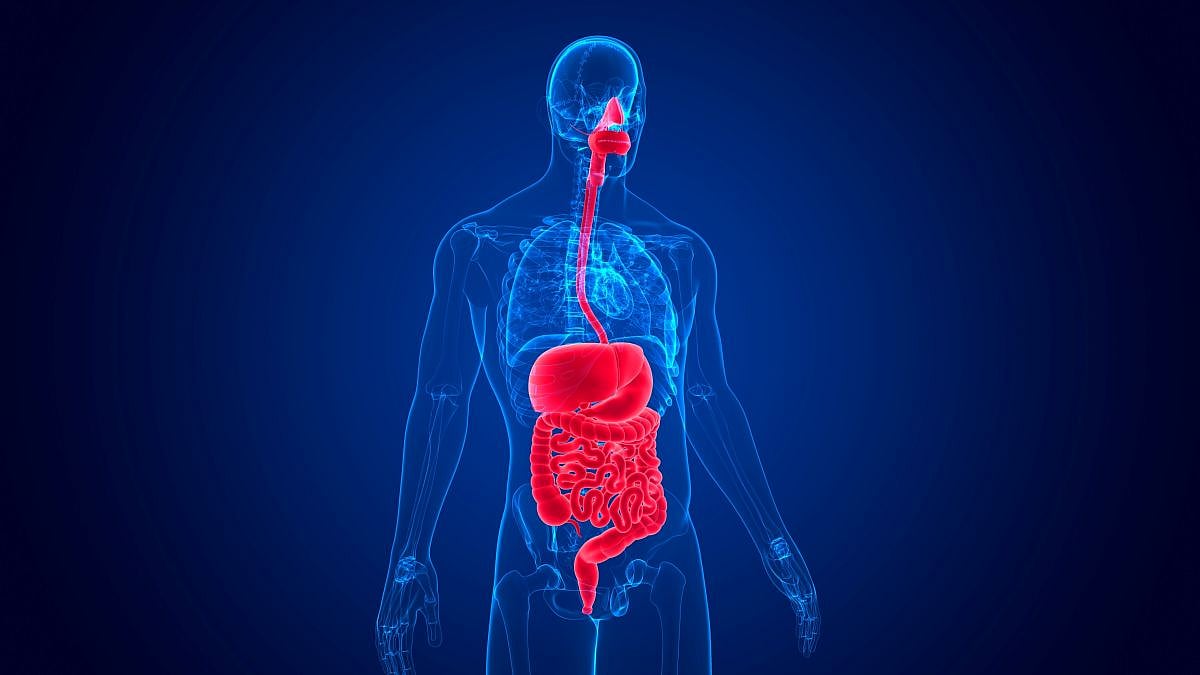Get Healthy!

- Posted November 2, 2025
Study Finds Surprising Link Between Gut and Brain Rhythms
The human body is packed with natural rhythms, from your sleep-wake cycle to the steady pulsing of blood through the brain to heart rate and pulse.
Now, scientists say the gut may hold the key to understanding how this complex coordination happens in the brain’s blood vessels.
Researchers at the University of California San Diego have discovered that the gut’s rhythmic muscle movements could help explain how blood vessels in the brain expand and contract together. Their findings were published recently in the journal Physical Review Letters.
When neurons in the brain are stimulated, tiny blood vessels called arterioles expand to deliver more oxygen and nutrients.
These vessels pulse and are often in sync with one another. But for years, scientists have puzzled over how this synchronization occurs.
The UC San Diego team turned to the digestive system for answers. They found that the intestines, which naturally contract in waves to move food through, rely on a pattern of synchronized oscillations that form a staircase effect.
This same pattern, the researchers say, could also explain how brain blood vessels work together in harmony.
“Coupled oscillators talk to each other and each section of the intestine is an oscillator that talks to the other sections near it,” Massimo Vergassola, professor of physics at UC San Diego, said in a news release.
“Normally, coupled oscillators are studied in a homogeneous setting, meaning all the oscillators are at more or less similar frequencies," he continued. "In our case, the oscillators were more varied, just as in the intestine and the brain.”
Using mathematics, the researchers showed how nearby oscillators — whether in the gut or the brain — can lock onto each other’s rhythm if their frequencies are similar.
This creates step-like transitions, similar to the way food moves smoothly through the intestines.
“The mathematics had been solved in an approximate way before now, but not in a way that gave you these breaks and what happens at the breaks. That's a critical discovery,” David Kleinfeld, professor of physics and neurobiology at UC San Diego, said.
The new findings could eventually help scientists better understand not only brain function but also digestive issues affecting the movement of food, liquids and waste through the gastrointestinal tract.
“The brain is infinitely more complicated than the gut, but this is science at its best,” Kleinfeld said. “You ask one question, it leads you somewhere else, you solve that problem, then return to your original question.”
More information
Johns Hopkins Medicine has more on the brain-gut connection.
SOURCE: University of California San Diego, news release, Oct. 30, 2025





